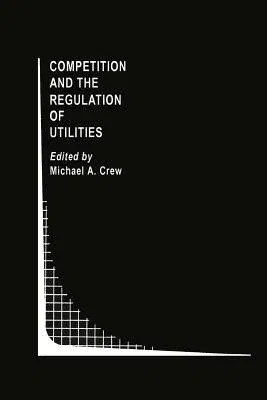Competition and the Regulation of Utilities (Softcover Reprint of the Original 1st 1991)Paperback - Softcover Reprint of the Original 1st 1991, 5 October 2012

Qty
1
Turbo
Ships in 2 - 3 days
In Stock
Free Delivery
Cash on Delivery
15 Days
Free Returns
Secure Checkout
Part of Series
Topics in Regulatory Economics and Policy
Print Length
211 pages
Language
English
Publisher
Springer
Date Published
5 Oct 2012
ISBN-10
1461368111
ISBN-13
9781461368113
Description
Product Details
Book Edition:
Softcover Reprint of the Original 1st 1991
Book Format:
Paperback
Country of Origin:
NL
Date Published:
5 October 2012
Dimensions:
22.86 x
15.24 x
1.22 cm
ISBN-10:
1461368111
ISBN-13:
9781461368113
Language:
English
Location:
New York, NY
Pages:
211
Publisher:
Weight:
308.44 gm

